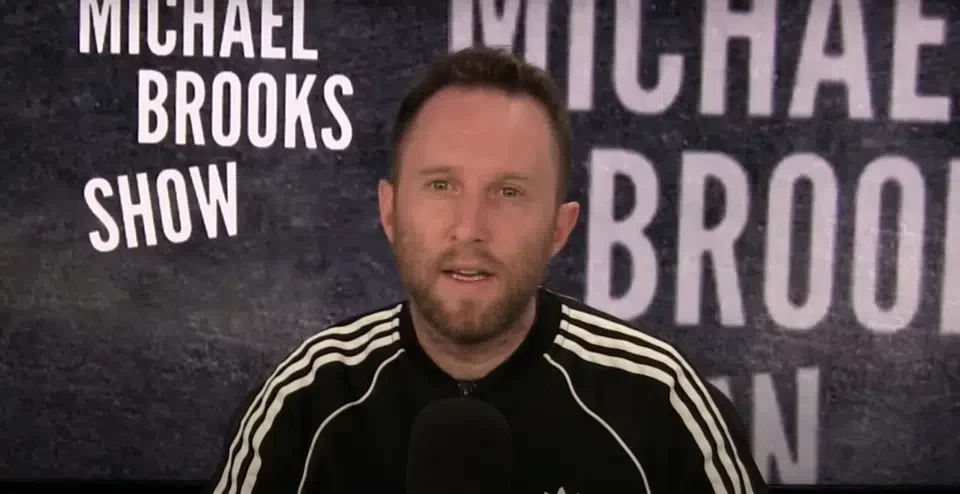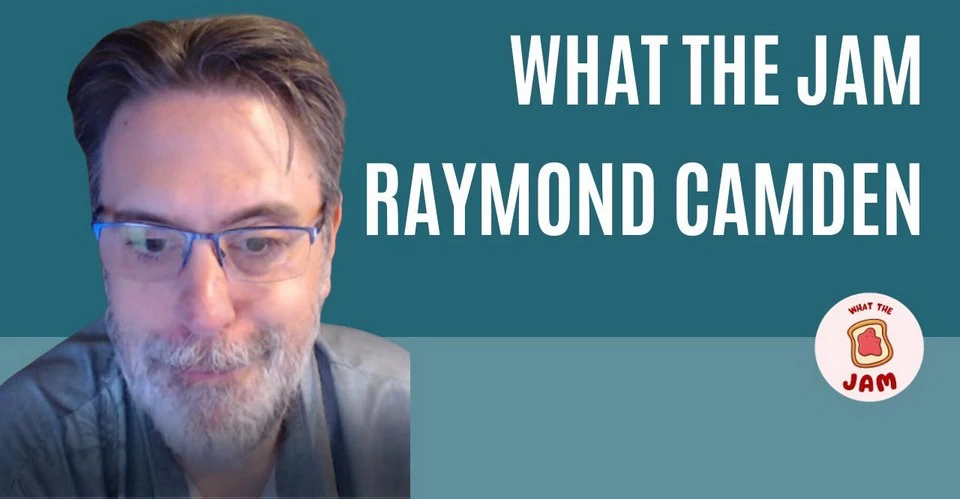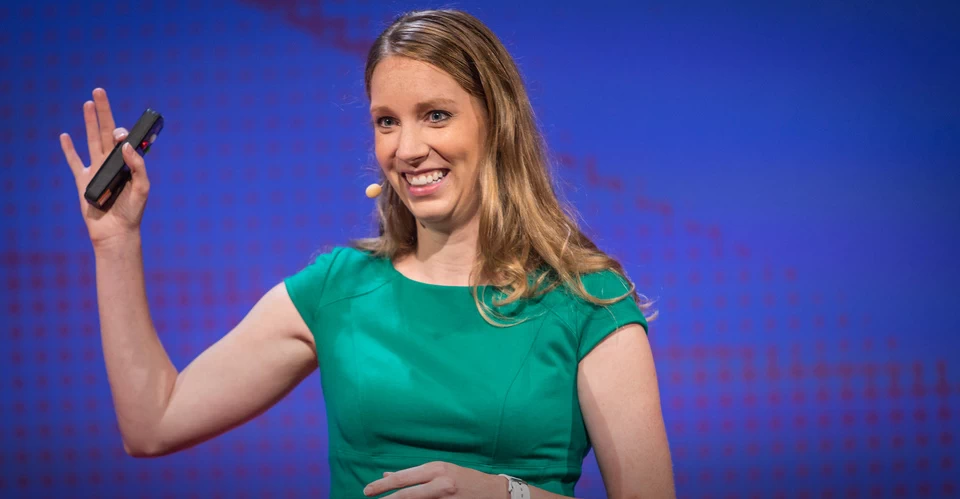Top 15 Apache Cordova Developers

No time to read the whole thing? Send us a message about your challenge and our CEO will get in touch.
Apache Cordova (the open-source engine behind PhoneGap) has thrived thanks to a community of dedicated developers.
Below is an updated list of the best Cordova developers – individuals known specifically for their Cordova work – spanning core open-source contributors, startup founders who still code, influential bloggers, engineers at major companies, and even a few with competitive programming accolades. Each profile highlights their background, standout contributions and key achievements.
- Brian LeRoux
- Joe Bowser
- Michael Brooks
- Jesse MacFadyen
- Dave Johnson
- Rob Ellis
- Brock Whitten
- Anis Kadri
- Raymond Camden
- Steve Gill
- Andrew Grieve
- Sidney Zhang
- John Wargo
- Rino Tom
- Lisa Seacat DeLuca
Now, let’s delve deeper into their achievements and contributions:
Brian LeRoux

Rethinking Developer Experience.
Co-creator of PhoneGap, Brian was pivotal in open-sourcing it as Apache Cordova, later leading its development at Adobe.
Now a startup founder at Begin and Sanity.io, Brian champions web technologies, developer tools, and is renowned for engaging talks and projects like “WTFJS”. Brian’s work paved the way for the hybrid app revolution and inspired countless developers.
- LinkedIn: Brian LeRoux
- X (Twitter): @brianleroux
- GitHub: brianleroux
Joe Bowser
Co-creator of PhoneGap and original author of Cordova’s Android implementation, Joe led Android support from its inception at Nitobi through Adobe’s acquisition, becoming the longest-serving member of Apache Cordova’s Project Management Committee.
Recognized for his longstanding commitment to Cordova’s Android ecosystem, Joe remains active in open hardware and emerging technologies like Arduino, drones, and VR.
Today, Joe still codes (recently founding a new venture called BaseWeight) and remains a respected voice in mobile development circles for his deep knowledge of hybrid app development.
- LinkedIn: Joe Bowser
- X (Twitter): @brianleroux
- GitHub: infil00p
Michael Brooks

Michael was a founding member of PhoneGap at Nitobi, original author of Cordova, and later managed Cordova engineering at Adobe. Passionate about simplifying developers’ lives, he continued his work at Slack and remains active in open-source projects.
He architected the initial cross-platform framework, developed Cordova’s unified CLI and plugin repository, improved documentation, and advocated its open-source governance at Apache. Michael influenced Cordova’s core philosophy and also co-created popular tools like Harp.js and Surge.sh. Currently a senior developer at Slack, he continues to enhance developer platforms.
His journey from PhoneGap pioneer to leading modern DevOps tools highlights a career of empowering developers through open source.
Jesse MacFadyen
Jesse is a veteran Cordova engineer involved with the project since its inception.
Originally a core contributor to PhoneGap at Nitobi, he continued as a lead developer at Adobe, integrating Cordova’s extensibility into Adobe’s platforms such as Project Firefly and I/O Cloud. Known online as “purplecabbage” Jesse played a key role in expanding Cordova support to platforms like Windows Phone and BlackBerry, maintaining the Plugin APIs, and developing the Plugman tool.
He has been instrumental in guiding Cordova’s strategy as part of its management committee and is widely recognized as a mentor and polyglot problem-solver in the community.
- LinkedIn: Jesse MacFadyen
Dave Johnson
Dave co-founded Nitobi Software, the original creator of PhoneGap, and was instrumental in establishing the hybrid app paradigm.
As Nitobi’s CTO, he architected PhoneGap’s initial codebase, enabling web apps to access native device features across multiple platforms. Dave guided PhoneGap’s donation to Apache and helped formalize Apache Cordova’s governance after Adobe’s acquisition. Balancing engineering and business, he led PhoneGap to industry recognition, laying the groundwork for hybrid frameworks like Ionic.
Dave remains recognized as a mobile web pioneer and co-author of early PhoneGap guides.
- LinkedIn: Dave Johnson
- X (Twitter): @davejsports
- GitHub: davejohnson
Rob Ellis

Rob, a Nitobi alumnus and co-creator of PhoneGap, was instrumental in shaping early mobile development tools.
He significantly contributed to PhoneGap’s initial iOS implementation and JavaScript API, helping to build its vibrant developer community. After Adobe, Rob worked at Joyent, developing their cloud API, and co-founded Chloi Inc., creating Harp and Surge—tools designed to simplify web app deployment.
His career consistently reflects a commitment to making complex development tasks easy and accessible, solidifying his legacy in cross-platform mobile development.
- LinkedIn: Rob Ellis
- X (Twitter): @robellis85
Brock Whitten
You don’t need to choose between native and web — just use both smartly.
Brock is a co-creator of PhoneGap/Cordova and a serial entrepreneur specializing in web tooling.
At Nitobi, he developed early prototypes demonstrating JavaScript interacting with native phone features, helping PhoneGap gain early validation. After Cordova, Brock co-founded developer-focused startups like Chloi, Surge, Harp, and Stackbit, simplifying web and mobile development workflows. Known for anticipating developer needs, Brock’s innovations have significantly impacted cross-platform and Jamstack ecosystems.
His role in Cordova’s creation, including naming the project after Nitobi’s office street, firmly cements his legacy.
- Personal Site: sintaxi.com
- X (Twitter): @sintaxi
- GitHub: sintaxi
Anis Kadri
Anis is an open-source developer who was deeply involved in Cordova’s development while at Adobe. Listed among the original Cordova authors, Anis became known for building Cordova’s plugin ecosystem and command-line tooling. He worked at Adobe’s PhoneGap team and later continued contributing via Microsoft Open Technologies.
One of Anis’s signature contributions was Cordova Plugman, the plugin manager that allowed Cordova to support a rich ecosystem of third-party plugins. He effectively designed how Cordova plugins are installed and managed, which was a game-changer for extensibility. Anis also co-developed the unified Cordova CLI, streamlining Cordova app creation and build across platforms. His work on the CLI and Plugman (which were later merged into Cordova’s main tools) made Cordova development far more accessible. Additionally, Anis maintained core plugins (Device, File, etc.) and frequently pushed updates to keep them compatible with new OS releases. Anis was a “glue” person in the Cordova team – connecting platforms, plugins, and developers. He wrote numerous blog posts and documentation pages guiding developers on plugin development. After Adobe, Anis continued to support Cordova at Microsoft, helping integrate Cordova into Visual Studio’s tooling. He exemplifies the open-source contributor who quietly shapes the developer experience for millions. Many Cordova capabilities today, like adding plugins with a single CLI command, trace back to Anis’s early designs.
His work won him the respect of his peers and a reputation as the architect of Cordova’s modularity.
- LinkedIn: Anis Kadri
- X (Twitter): @aniskadri
- GitHub: imhotep
Raymond Camden

Simon is a developer and evangelist who became an “unofficial ambassador” of Cordova. He started working with Cordova at IBM, where he used it in mobile enterprise projects, and later joined Adobe’s PhoneGap team. Simon has been an Apache Cordova Committer and is well-known for his blog posts and talks simplifying hybrid development. He currently works at Begin (the startup founded by Brian LeRoux), coming full circle with his PhoneGap roots.
During his IBM years, Simon contributed code to Cordova (especially around enterprise integration and new device APIs). But his biggest impact was through community education. He authored countless tutorials, sample apps, and even co-wrote the “PhoneGap Essentials” book. Simon’s “Worklight and Cordova” series at IBM showed how to use Cordova in enterprise scenarios, helping legitimimize Cordova in big companies. As a Cordova PMC member, he also reviewed pull requests and guided Cordova’s direction, focusing on keeping it accessible to web developers.
Simon became the face of Cordova for many developers via his speaking engagements at PhoneGap Day and conferences worldwide. He famously ran the “Cordova Hackathons” and was always approachable on forums, earning him a reputation as the go-to guy for Cordova advice. Beyond Cordova, Simon has a broad development portfolio (from building chatbots to serverless apps). In 2020, he joined Begin, reconnecting with former colleagues to advance cloud functions for web dev. Simon’s career demonstrates how one can leverage expertise in a niche technology (Cordova) into a broader leadership role in tech.
His enthusiasm for hybrid apps helped thousands get started with Cordova.
- Linkedin: Raymond Camden
- GitHub: cfjedimaster
Steve Gill
Steve is a long-time Cordova contributor, starting as a PhoneGap engineer at Adobe and later becoming Cordova’s Project Lead.
He significantly shaped Cordova’s tooling, co-developed its CLI, maintained Windows and browser platforms, modernized the codebase, and improved documentation. Known for community engagement, Steve represented Cordova publicly, announced key releases, and actively mentored new contributors. After Adobe, at Microsoft, he integrated Cordova with Azure and Visual Studio Code, bridging open source with enterprise tools.
His decade-long commitment ensured Cordova’s continued relevance and successful transition to community governance.
- LinkedIn: Steve Gill
- X (Twitter): @stevegill
- GitHub: stevengill
Andrew Grieve
Andrew is a Google software engineer who significantly contributed to Apache Cordova, especially by leveraging his expertise in browser internals to enhance performance and stability.
Joining around 2012, he led a major refactor of cordova-android, introduced Gradle support, optimized bridging code, and improved plugins. Andrew transparently communicated progress through blog updates and facilitated integration with Chrome Apps and Crosswalk.
His contributions helped Cordova smoothly adapt to major OS changes, leaving a lasting impact on the project.
- X (Twitter): @GrieveAndrew
- GitHub: agrieve
Holly Schinsky

Holly is a developer advocate who became prominent for her work on Cordova and the Ionic framework. As an Adobe PhoneGap evangelist, Holly created extensive content to help developers build hybrid mobile apps. She later worked at Ionic and then at AWS, but her contributions during the Cordova heyday (2013–2016) made her a key influencer in that community.
Holly ran DevGirl Blog (devgirl.org), sharing practical Cordova tutorials, plugin guides, and real-world solutions like push notifications and build customisation. She co-authored Mobile Development with Ionic, contributed code, tested early Cordova releases, maintained docs, and actively supported the community.
As a speaker, Holly delivered talks at multiple PhoneGap Day events and user group meetups, where her energetic presentations inspired many to try Cordova. Her efforts earned her recognition as a top PhoneGap/Cordova influencer by Adobe and the community. Holly’s knack for breaking down complex topics (like plugin development or performance tuning) into accessible articles was invaluable. Even when the hybrid landscape evolved, many of her Cordova tips remain relevant and are still referenced (some are cited on StackOverflow threads helping others).
After moving on to other roles (she’s now advocating for cloud/mobile at AWS), Holly remains an advocate for using the right tools for the job – and for a time, that tool was Cordova, which she helped countless developers master.
- LinkedIn: Holly Schinsky
- X (Twitter): @devgirlFL
- GitHub: hollyschinsky
John Wargo
John is an accomplished author and technologist who became an early documenter of Cordova. With a professional history in mobile development and developer relations (including roles at BlackBerry and SAP), John gravitated to Cordova as a powerful option for enterprise app developers. He has written multiple books on Cordova/PhoneGap, establishing himself as a leading authority in explaining the framework.
John’s biggest contribution is through books and publications. He authored PhoneGap Essentials in 2012 and followed up with Apache Cordova 4 Programming (Addison-Wesley, 2015). These books provided in-depth coverage of Cordova’s APIs and development process at a time when official resources were sparse. John also wrote the Cordova API Cookbook, offering recipes for using each Cordova plugin. On his personal blog and via IBM developerWorks articles, he published dozens of Cordova tutorials addressing common developer needs (such as using Cordova with IBM Worklight, handling file transfers, etc.). He even built sample hybrid apps that showcased Cordova integration with enterprise systems.
John’s clear, practical writing- like Cordova 4 Programming – helped many developers adopt Cordova for critical apps. He shared insights from core contributors, spoke at events, answered community questions, and now advocates for IoT and mobile tech.
His legacy in Cordova is that of a teacher: the go-to author whose books sat on many Cordova developers’ desks as they built their first hybrid apps.
- LinkedIn: John Wargo
- X (Twitter): @johnwargo
- Personal Site: johnwargo.com
Rino Tom Thomas
Rino is a seasoned .NET and mobile software engineering professional based in Bengaluru, India, with over a decade of experience in web and mobile technologies, including Xamarin and JavaScript frameworks.
In his LinkedIn article “Create Your First App Using Apache Cordova” (published January 22, 2021), he guides readers through installing the Cordova CLI and building a simple cross‑platform “HelloWorld” app using HTML5, CSS3, and JavaScript, sharing firsthand installation tips and caveats. The article emphasizes how Cordova wraps web-based assets into native mobile wrappers to access device APIs like camera and sensors and outlines common challenges in initial setup and platform builds.
Rino’s deep background in full-stack development—spanning ASP.NET, Angular, Xamarin, and mobile UWP apps—complements his Cordova expertise, showing a broad ability to build hybrid and native applications across domains.
- LinkedIn: Rino Tom Thomas
Lisa Seacat DeLuca

Lisa is a distinguished software engineer, notable IBM inventor, and influential Cordova developer.
At IBM, she led mobile engineering teams, became an Apache Cordova committer, and developed enterprise-grade hybrid apps, including key plugins and security features. Recognized on Forbes “30 Under 30” and as IBM’s top female inventor (holding 700+ patents), she demonstrated Cordova’s scalability at IBM’s major Insight conference.
Lisa’s contributions extend beyond tech—authoring a children’s book and advocating for women in technology—solidifying her legacy as a multifaceted technologist.
- LinkedIn: Lisa Seacat DeLuca
- X (Twitter): @LisaSeacat
- GitHub: ldeluca
Wrap Up
These legends represent exceptional talent, making them extremely challenging to headhunt. However, there are thousands of other highly skilled IT professionals available to hire with our help. Contact us, and we will be happy to discuss your hiring needs.
Note: We’ve dedicated significant time and effort to creating and verifying this curated list of top talent. However, if you believe a correction or addition is needed, feel free to reach out. We’ll gladly review and update the page.
Frequently Asked Questions
No, but its popularity has declined. While still maintained, Cordova is less common today as many developers have moved to frameworks like React Native or Flutter. It remains useful for legacy projects and certain hybrid app needs.
Rates depend on location and experience. Developers in Eastern Europe or Latin America typically charge $25 to $50 per hour, while in North America rates are often $60 to $100 per hour.
Experts usually have experience building cross-platform mobile apps with Cordova, JavaScript, HTML5, and CSS, and often contribute to plugins or community forums. Many can be found through GitHub repositories or specialized consulting firms.
It can be more difficult than hiring for newer frameworks, since fewer developers specialize in Cordova today. However, many experienced web and hybrid app developers still offer Cordova support.
Platforms like Upwork, Toptal, and Fiverr list Cordova specialists. Niche hiring platforms and nearshore staffing agencies can also connect you with experienced developers for short-term or ongoing projects.
